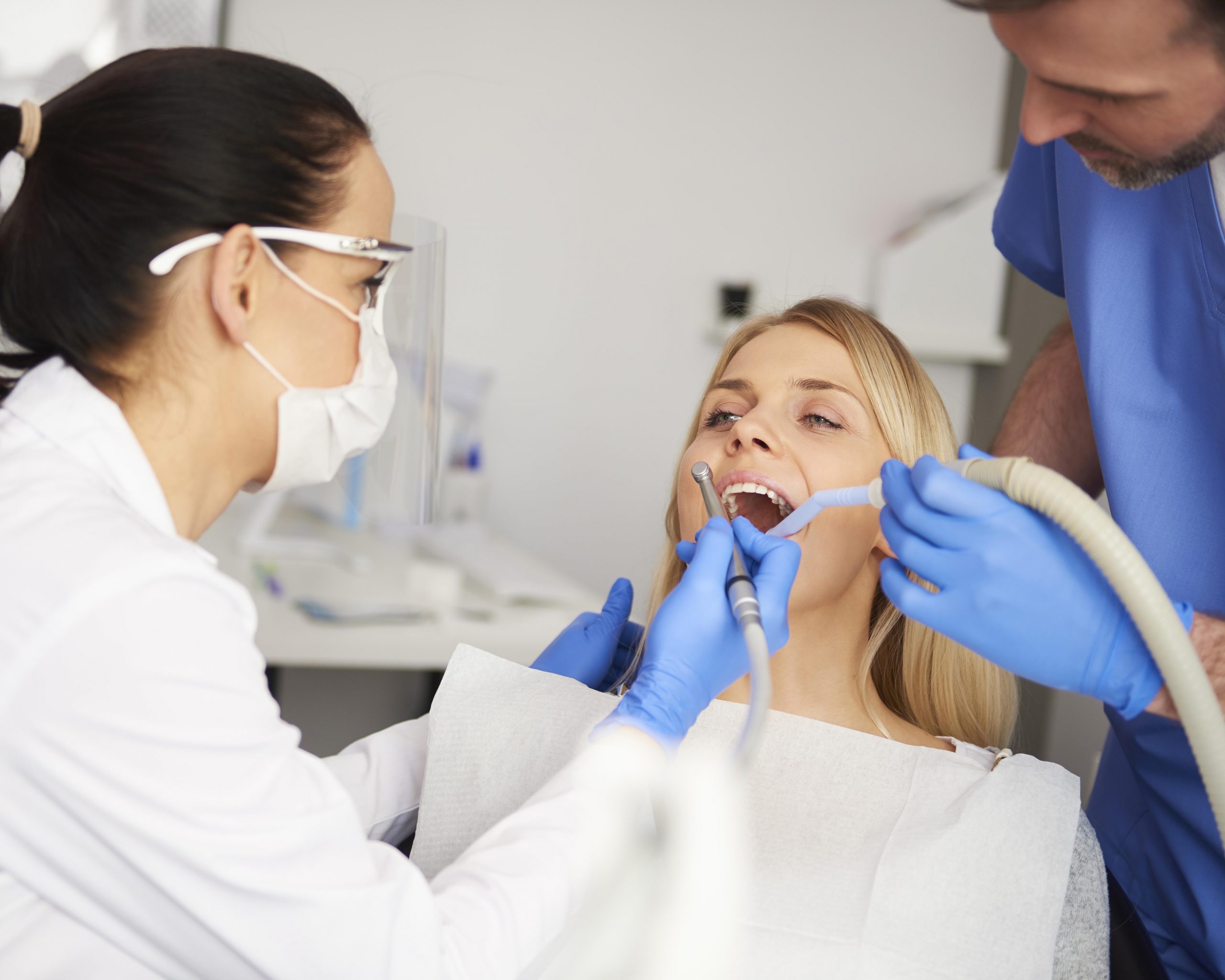Baker Ranch Dental Spa and Implant Center
What Is Included In Orthodontic Treatment?
[/et_pb_text][/et_pb_column][/et_pb_row][/et_pb_section][et_pb_section fb_built=”1″ admin_label=”History” _builder_version=”4.6.5″ background_color=”#f9f9f9″ custom_padding=”||102px|||”][et_pb_row column_structure=”3_5,2_5″ use_custom_gutter=”on” gutter_width=”2″ _builder_version=”4.6.5″ _module_preset=”default” width_tablet=”” width_phone=”90%” width_last_edited=”on|phone” max_width=”70%” max_width_tablet=”” max_width_phone=”100%” max_width_last_edited=”on|phone” custom_padding=”55px|||||”][et_pb_column type=”3_5″ _builder_version=”4.6.5″ _module_preset=”default” background_color=”#ffffff” custom_padding=”50px|50px|50px|50px|true|true” border_radii=”on|5px|5px|5px|5px” box_shadow_style=”preset1″ box_shadow_color=”rgba(0,0,0,0.07)”][et_pb_text _builder_version=”4.9.3″ text_font=”||||||||” text_font_size=”16px” text_letter_spacing=”0.3px” header_font=”||||||||” header_2_font=”Raleway|600|||||||” header_2_font_size=”35px” header_2_line_height=”1.7em” header_3_font=”Raleway|600|||||||” header_6_font=”Raleway|700||on|||||” header_6_font_size=”16px” header_6_letter_spacing=”5px” header_6_line_height=”1.8em” header_2_font_size_tablet=”35px” header_2_font_size_phone=”25px” header_2_font_size_last_edited=”on|phone”]Orthodontics is the branch of dentistry that deals with the potential misalignment of the teeth or jaw. In some cases, it can also treat the causes behind facial growths. Various services fall under the umbrella of orthodontics. In case you are experiencing dental or jaw issues, you may have to see an orthodontist.
Orthodontic treatment includes services for straightening teeth, dealing with gaps, and correcting jaw position if necessary. It also implements fixed appliances such as braces and maintainers, or removable ones such as retainers. Other treatments can be included depending on necessity.
If you’d like to know more about what orthodontic treatment includes and how it is carried out, read on below to get more insight into this dentistry area.
What Is Included in Orthodontic Treatment?
Orthodontics specializes in treating and correcting issues caused by malocclusion, or misalignment of the teeth or jaw. Orthodontists will be able to prescribe various treatments based on several factors, such as the location of the problem, the age of the patient, and the specific alignment you have.
These are some of the treatments covered by orthodontics:
- Treating overbites and underbites
- Correcting crooked teeth
- Fixing tooth gaps
- Helping with the long-term health of teeth
Orthodontic treatment will usually be implemented through a variety of appliances. These can usually be separated into two categories: fixed and removable.
Fixed Orthodontic Implements
Fixed implements are usually the most common orthodontic treatment for a malocclusion. Orthodontics tends to deal with issues that require some time to correct, especially when it comes to preventing a condition from becoming chronic.
Braces
The most common fixed implements used in orthodontics are braces. This is the usual long-term solution to correct and prevent issues with crooked teeth. Braces will be worn between a few months and a few years until orthodontists observe that the problem has been sorted out.
Bands
In some cases, consistent thumbsucking can prevent the correct implementation of braces. Orthodontists will then have to use special fixed appliances in the form of bands attached directly to the teeth. These can cause more discomfort than braces, and they’re usually not worn long-term.
Maintainers
Maintainers can also be used with children who are in the process of losing teeth, especially if it’s happening prematurely. These implements will keep the space protected from other teeth until it’s time for the correct one to grow.
Removable Orthodontic Implements
Removable appliances are frequently used to perform orthodontic treatments, especially to cover short-term issues and provide a more subtle solution for long-term ones.
These are some of the most common removable implements used in orthodontics:
- Jaw splints: These are appliances used to reposition the jaw, especially in cases affecting the temporomandibular joint. They help the jaw close in a correctly lined way.
- Aligners: These are used as the most common alternative to braces. They are a subtle solution for adults that work the same as braces do on teeth, but with almost invisible wiring. While in use, they will have to be removed whenever you have a meal or brush your teeth.
- Bumpers: These implements are used to relieve the pressure your lips or cheek may exert on your teeth. Bumpers will prevent that pressure from occurring.
- Retainers: These appliances are placed on the roof of the mouth and prevent teeth from shifting.
How Do You Know If You Need Orthodontic Treatment?
When orthodontic treatment becomes necessary, either in kids or adults, you should consult with your dentist. They will then either provide the orthodontic service themselves if they have the expertise or refer you to an orthodontist.
Prescribing the correct orthodontic treatment will require the proper diagnosis. This will entail a complete examination of your teeth and jaw through extensive dental x-rays. In many cases, plaster models will be made of your teeth.
Once the full examination has concluded, your orthodontist will prescribe a course of treatment. If the required treatment is for a child, accommodations will have to be made depending on whether all their permanent teeth have grown in.
Symptoms That May Require Orthodontic Treatment.
If you or your child shows any of the following symptoms, you should seek the professional advice of an orthodontist or a Lake Forest Dentist:
- Problems with bite: This will be the main sign of an issue with orthodontics. It can include showing an overbite, underbite, or crossbite.
- Frequent headaches: Malocclusion will typically manifest in headaches that seemingly have no other cause.
- Speech problems: Lisps and other types of disordered speech can be directly related to malocclusion. Misalignment of the teeth or jaw will affect how dental sounds are made.
Conclusion
Orthodontic treatment includes implementing braces, retainers, aligners, and other such appliances. These are used to correct issues with crooked teeth or a misaligned jaw that can lead to speech and bite issues.
[/et_pb_text][et_pb_team_member name=”Christ Brit” position=”Author ” _builder_version=”4.6.5″ _module_preset=”default”][/et_pb_team_member][/et_pb_column][et_pb_column type=”2_5″ _builder_version=”4.6.5″ _module_preset=”default” background_color=”#ffffff” custom_padding=”50px|50px|50px|50px|true|true” border_radii=”on|5px|5px|5px|5px” box_shadow_style=”preset1″ box_shadow_color=”rgba(0,0,0,0.07)”][et_pb_text _builder_version=”4.6.5″ _module_preset=”default”]
